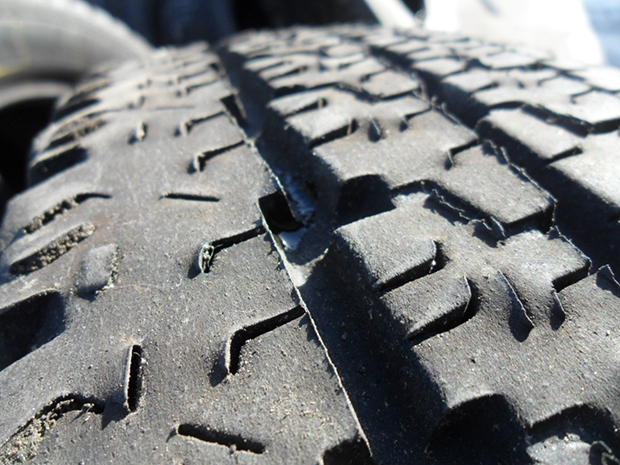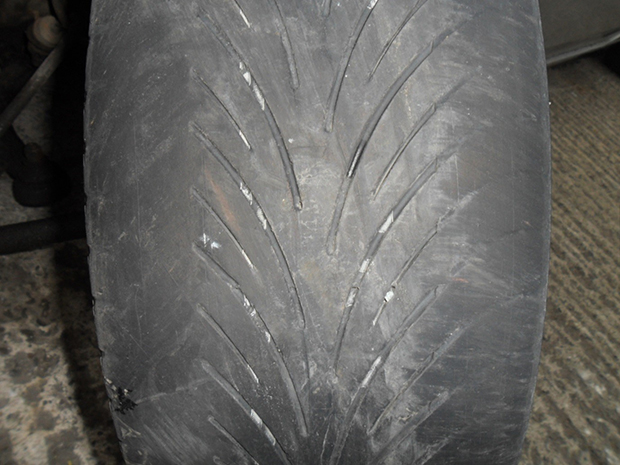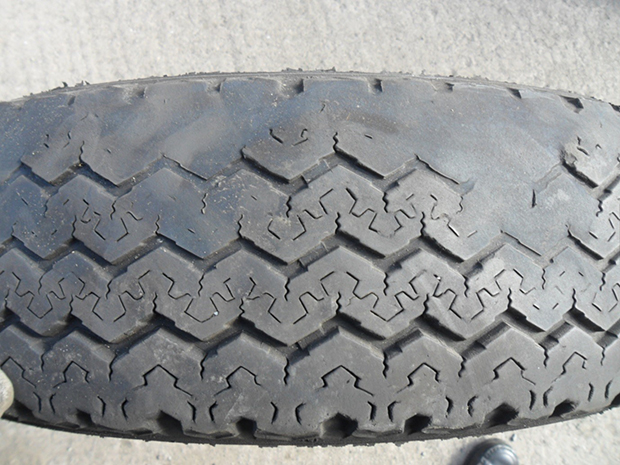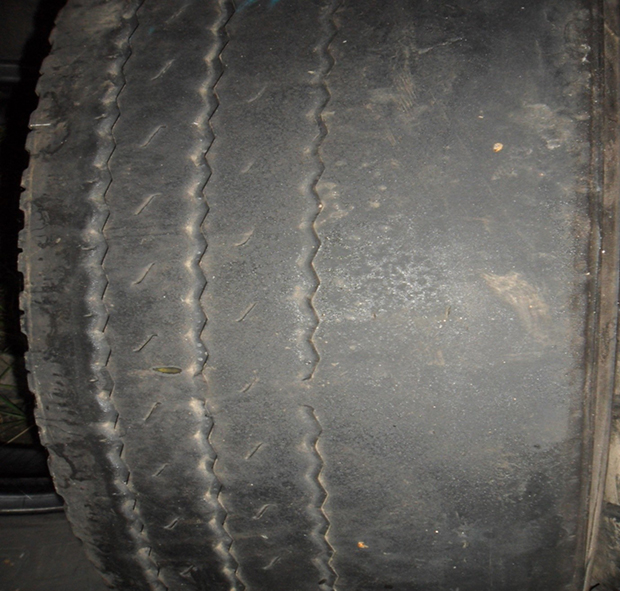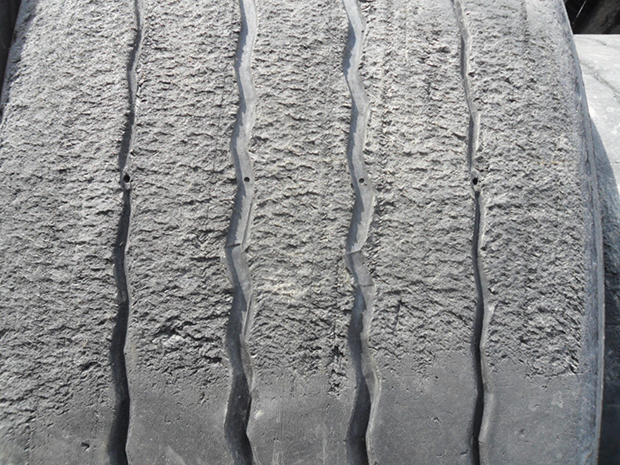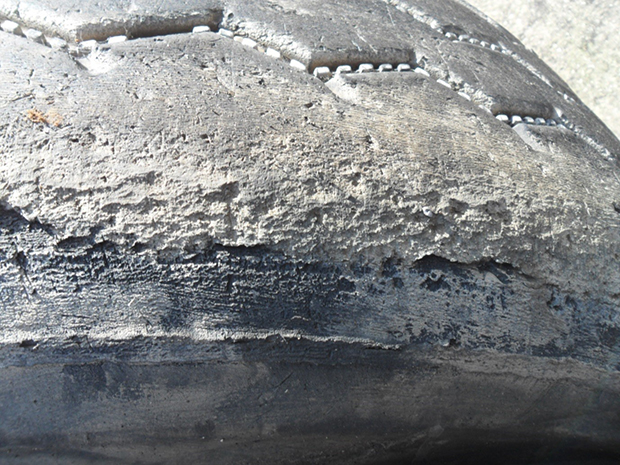Irregular or abnormal tread wear patterns
Article written by Bush Tyres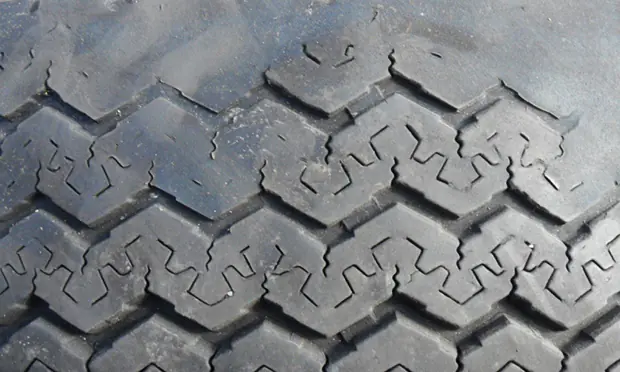
How to recognise irregular or abnormal tread wear patterns.
‘Feathered’ wear:
‘Feathered’ wear due to misalignment (incorrect toe-in/toe-out settings):
Appearance: A feathering effect shows on elements of the tread pattern. Dependent on the degree of lateral movement, this can sometimes be accompanied by harsh and abrasive tread wear. Normally this type of wear appears on front fitment tyres due to incorrect toe-in or toe-out settings. Incorrect toe-in causes excessive wear to the outer fitted shoulder area. Incorrect toe-out causes excessive wear to the inner fitted shoulder area.
Cause: As the tyre rotates it is simultaneously dragged or scrubbed laterally – across and against the road surface.
Solution: Correct alignment. Reverse tyre on rim in order to maximise mileage potential.
Heel and toe wear:
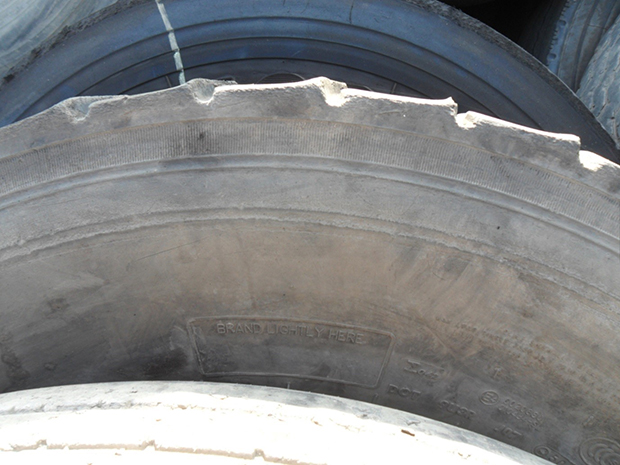
Heel and toe wear due to under-inflation and/or overload:
Appearance: High and low points occur on each individual tread block element located in both shoulder areas throughout the circumference of the tyre. Generally shows on block type tread pattern designs.
Cause: As the over-deflected tyre rotates, the leading edge of an individual tread block element meets with the road surface and is compressed and immediately released. This is then followed by the trailing edge which is effectively, ‘dragged’ through the tyres foot-print.
High points = leading edge.
Low points = trailing edge.
Solution: Correct inflation pressure relative to load and/or tyre position.
Both shoulders worn:
Excessive, smooth wear to both shoulder areas:
Appearance: Both shoulders worn in excess of centre tread area due to under-inflation and/or overload.
Cause: As the over-deflected tyre rotates, under-inflation and/or overload effectively ‘concaves’ the centre tread area away from the road surface to impose excessive load to both shoulder areas. Excessive and smooth wear occurs throughout the circumference as a direct result of the shoulder areas being more in contact with the road surface than the centre tread area. Generally shows on rib type tread pattern designs.
Solution: Correct inflation pressure relative to load and/or tyre position.
Wavy, lumpy wear:
Wavy, lumpy wear due to some mechanical fault of vehicle:
Appearance: High and low areas occur randomly throughout the tread surface.
Cause: Due to some mechanical irregularity of the vehicle such as worn bearing or shock absorber. In addition to normal rotation, the tyre is effectively ‘jumping’ or ‘bouncing’ in service. The effect of this causes a gradual and progressive irregular wear pattern. (A similar wear pattern can result from mismatched twinning of tyres.)
Solution: Identify and correct mechanical fault or defect on vehicle.
Dropped shoulder wear:
Excessive and smooth wear to one shoulder area:
Appearance: One shoulder area worn in excess of the remaining tread pattern due to some mechanical irregularity of the vehicle.
Cause: The load on the tyre is not distributed uniformly across the full tread contact area. Effectively one side of the tyre is overloaded resulting in an accelerated wear rate to the tread rubber of one shoulder area. Generally associated with the geometry of the vehicle involving excessive positive or negative camber. Axle misalignment will result in the same (or similar) wear pattern
Solution: Identify and correct vehicle geometry – camber, caster, KPI. Reverse tyre on rim in order to maximise mileage potential.
Centre tread wear:
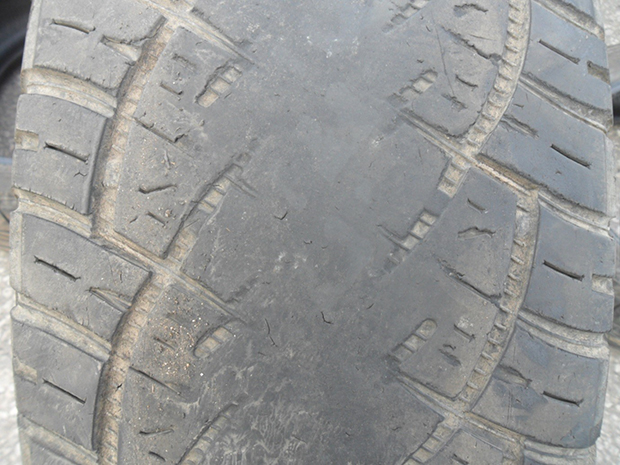
Centre tread wear due over-inflation:
Appearance: The centre portion of the tread is worn in excess of the shoulder areas throughout the circumference of the tyre.
Cause: As the under-deflected tyre rotates, full road contact is concentrated in the centre tread area with only partial road contact to both shoulder areas.
A similar wear pattern can result from:
– Mis-matched twinning of tyres
– High torque vehicles.
Solution: Correct inflation pressure relative to load and/or tyre position.
Localised tread wear:
Localised wear due to fierce braking:
Appearance: Localised, excessive, rasped and abraded wear to the tyre footprint. Sometimes, two areas of excess localised tread wear appear diametrically opposite each other.
Cause: Maladjusted brakes, brake lock or fierce braking.
Solution: Avoid fierce braking. Check braking system for malfunction.
Rasped and abraded shoulder wear:
Excessive wear to one shoulder area due to arduous conditions of use:
Appearance: Circumferential rasped and abraded wear to one (or both) shoulder areas.
Cause: Arduous conditions of use – cornering at high speed, tight turning circles or other actions that could cause severe lateral movement of the tyre against the road surface.
Solution: Change driving habits and/or conditions of operation.
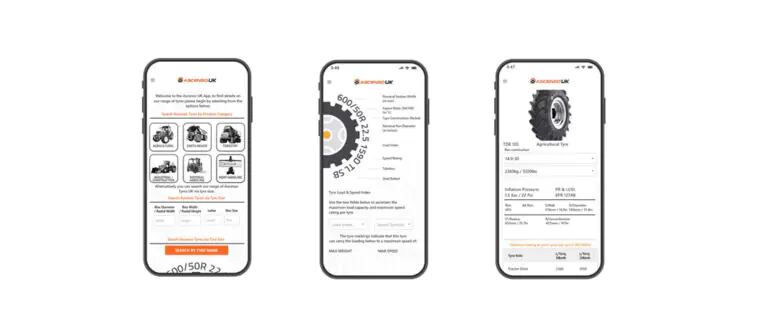
At this years LAMMA to be held at the Birmingham NEC, Ascenso Tyres UK will be launching a new a brand new App especially designed to provide in depth knowledge on tyre pressures, load ratings and best uses for their Ascenso Tyres





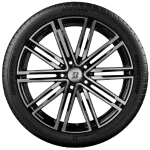 Tyres
Tyres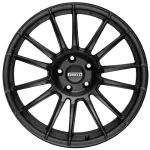 Services
Services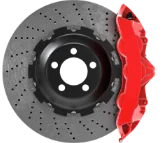 Fast Fit
Fast Fit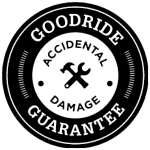 Offers
Offers